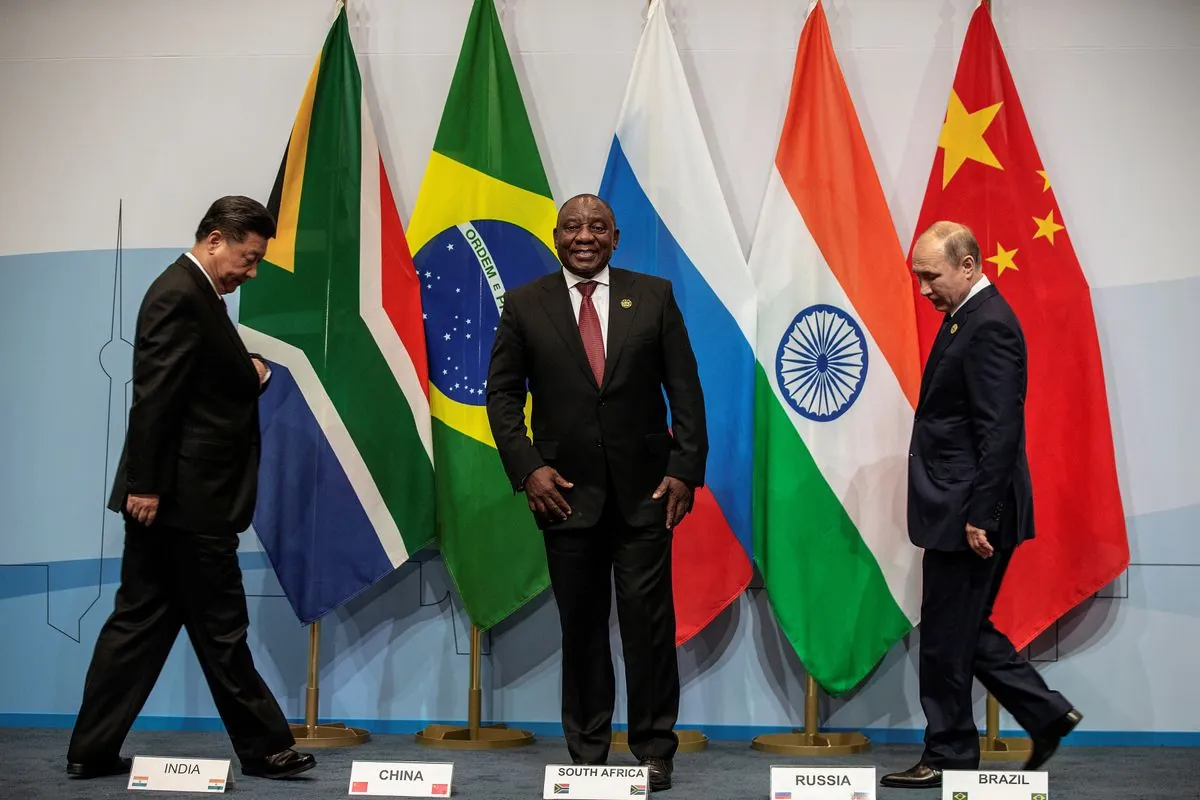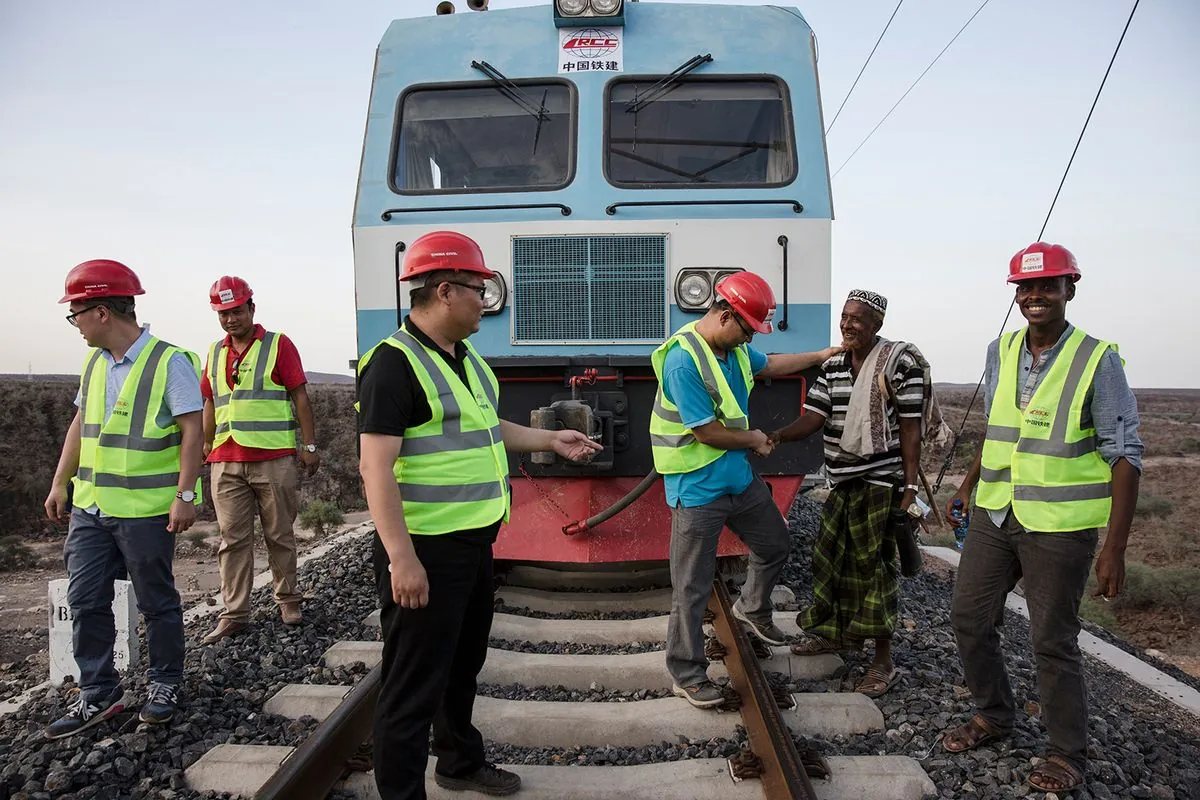China's African Lending Surges in 2023, Marking First Rise Since 2016
Chinese lenders approved $4.61 billion in loans to Africa in 2023, the first annual increase since 2016. This shift indicates a new strategy focusing on risk mitigation and financial institutions, amid changing global economic conditions.

In a significant shift from recent trends, Chinese lenders approved $4.61 billion in loans to African nations in 2023, marking the first annual increase since 2016. This development, revealed by a study from Boston University's Global Development Policy Centre, signals a potential change in China's approach to financial engagement with the African continent.
The surge in lending represents a more than three-fold increase from 2022, indicating Beijing's renewed interest in African investments. However, this approach appears to be more cautious and strategic compared to previous years. The study suggests that China is experimenting with risk-mitigation strategies, particularly in light of the debt challenges faced by several African economies.
"Beijing appears to be looking for a more sustainable equilibrium level of lending and experimenting with a (new) strategy."
This shift comes after a period of declining Chinese investments in Africa. Between 2012 and 2018, African nations secured over $10 billion annually from China, largely due to President Xi Jinping's Belt and Road Initiative (BRI). The BRI, announced in 2013, aimed to recreate the ancient Silk Road and extend China's geopolitical and economic influence through global infrastructure development.

However, lending began to decrease in 2019, a trend accelerated by the COVID-19 pandemic starting in 2020. This reduction was attributed to China's domestic pressures and growing debt burdens among African economies. Notable examples include Zambia, which became the first African country to default on its debt during the pandemic in November 2020, as well as Ghana and Ethiopia, which have undergone debt restructuring since 2021.
The 2023 lending figures reveal a new focus on regional and national financial institutions, with $2.59 billion, or more than half of the total loans, directed to these entities. This strategy likely represents an attempt to mitigate risks associated with direct exposure to individual countries' debt challenges.
Interestingly, nearly 10% of the 2023 loans were allocated to solar and hydropower energy projects, reflecting China's growing interest in funding renewable energy initiatives. This aligns with global trends, as solar power is the fastest-growing source of new energy worldwide, while hydropower remains the largest source of renewable electricity globally.
Notable projects funded in 2023 include a nearly $1 billion loan from the China Development Bank to Nigeria for the Kaduna-to-Kano Railway and a similar-sized liquidity facility to Egypt's central bank. These investments underscore China's continued interest in infrastructure development and financial stability in Africa.
Despite this uptick in lending, the future direction of China's financial engagement with Africa remains uncertain. The study notes that Chinese institutions also provided loans to economies facing challenges, such as Nigeria and Angola, the latter being the second-largest oil producer in sub-Saharan Africa.
In total, China has lent Africa $182.28 billion between 2000 and 2023, with the majority of funds directed towards energy, transport, and ICT sectors. This substantial investment has positioned China as a top bilateral lender for many African nations, surpassing traditional institutions like the World Bank in terms of official credit since 2017.
As China navigates its role in African development, the quality and nature of these partnerships will likely continue to evolve. The coming years will be crucial in determining whether this new lending strategy represents a sustainable model for Chinese-African financial cooperation.


































